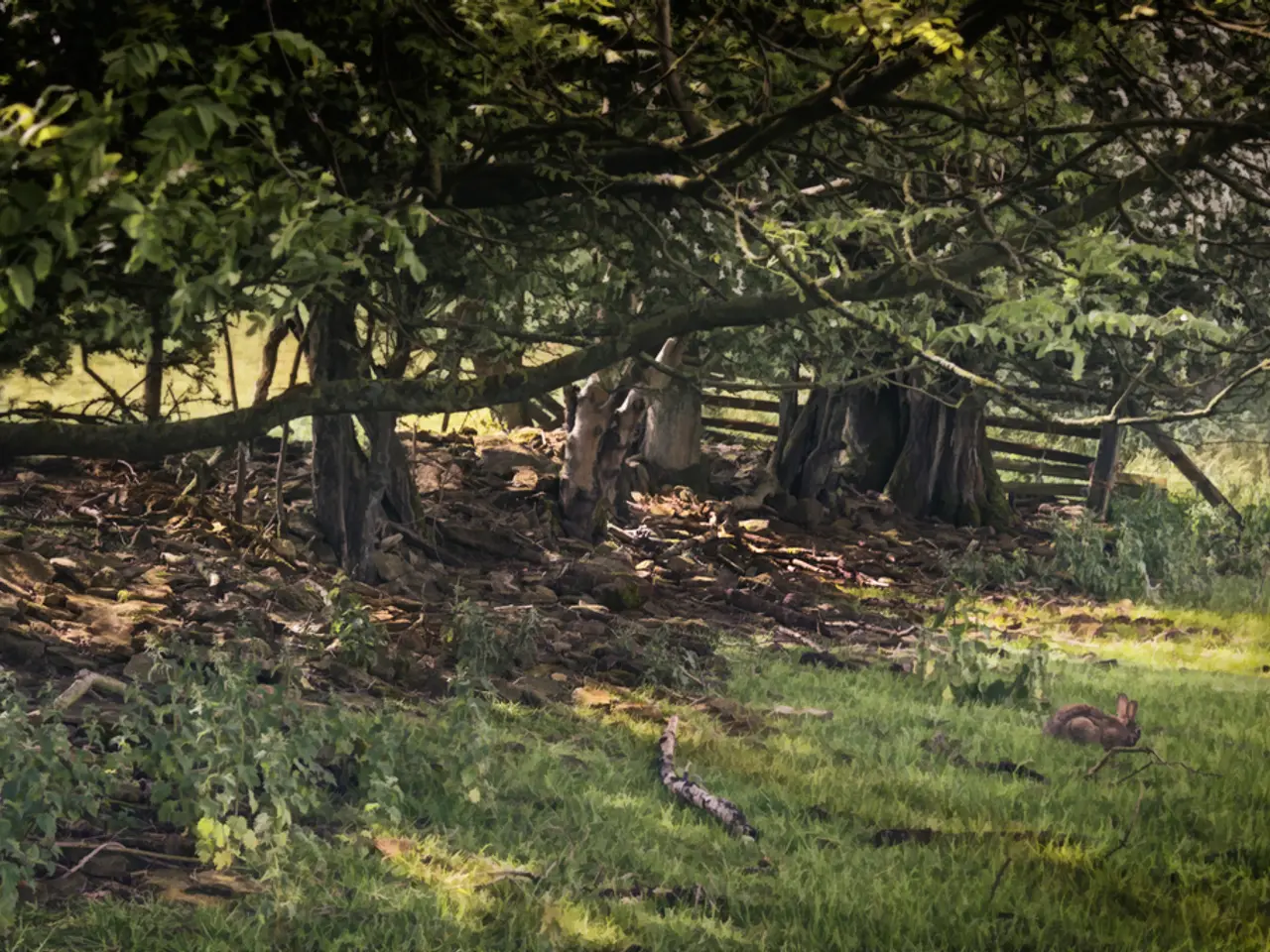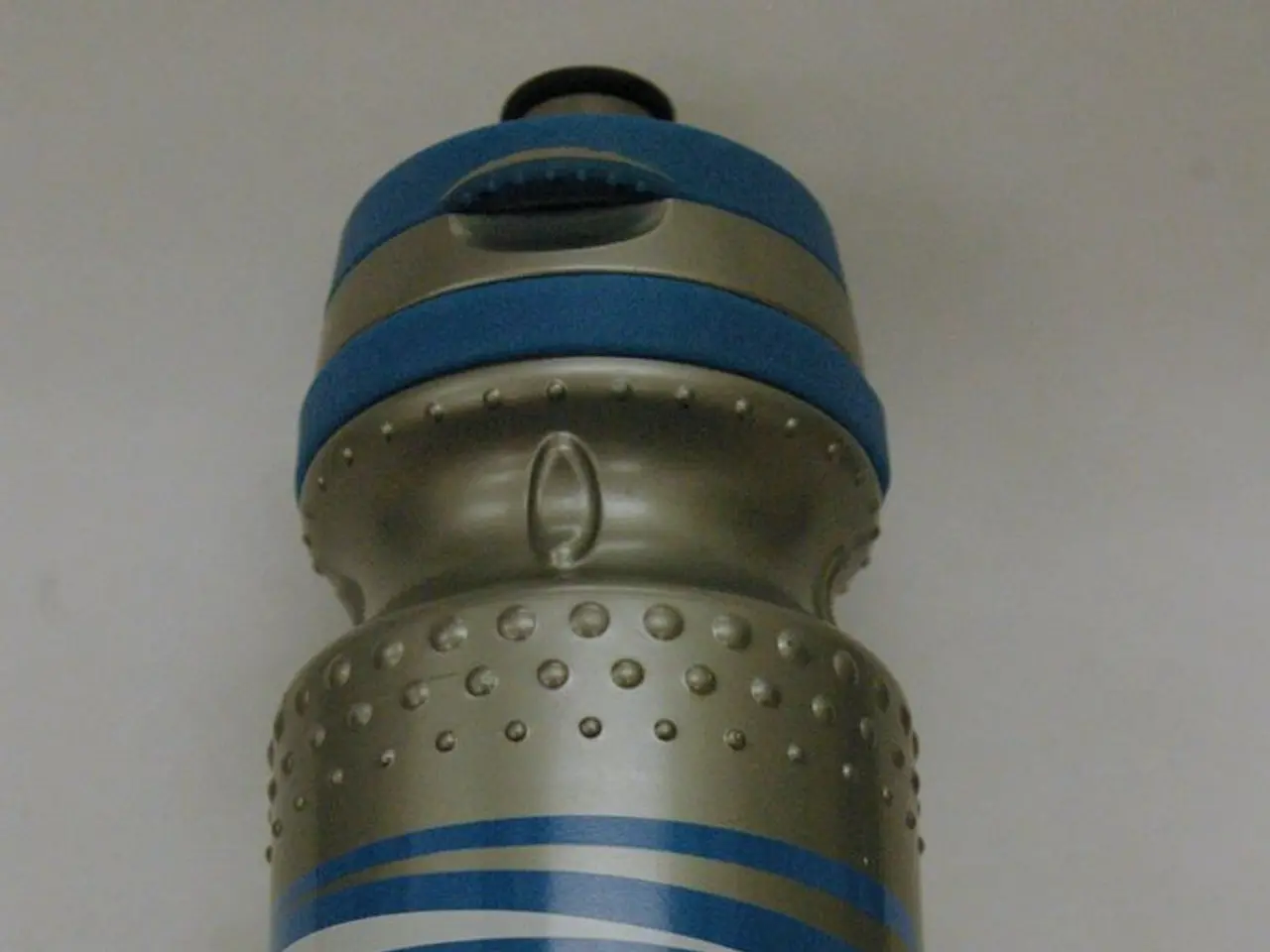Allergy flare-ups in spring: Source, control methods, and homemade treatments
Springtime in the United States brings a variety of blossoms and blooms, but it also means an increase in allergy symptoms for many. This article explores the factors influencing pollen release and spread, regional allergy patterns, and practical tips for managing spring allergies.
Climate and weather play a significant role in pollen production and dispersal. Warmer temperatures and strong winds can enhance pollen spread, intensifying allergy symptoms. Different plant species have unique pollen release patterns based on their geographic distribution. For instance, Box Elder trees, common in the eastern, central, and Pacific Northwest regions, release their pollen in late spring and early summer. Grasses, with high levels in cities like Chicago and Danbury, peak in late spring, while sage and other weeds, such as in California and Texas, have peak production in midsummer.
The Eastern and Central United States are heavily affected by tree pollen, particularly from Box Elder trees, leading to significant allergy symptoms in regions with dense tree populations. Midwestern and Northeastern cities, like Chicago and Danbury, experience high grass allergen levels, contributing to intense spring allergies. Southern and Western regions, such as Florida and Texas, can have varying levels of allergies due to different plant species and climate conditions.
Managing spring allergies involves several strategies. To prevent exposure to pollen and mold, it's essential to check local pollen counts, limit time outside when pollen levels are high, keep garden grass short, wear a dust mask when mowing the lawn and gardening, and avoid dead and rotting logs. Keeping all windows closed if possible and using allergy-friendly filters on air conditioning units can also help. Bathing and washing hair daily, washing bed linen once a week, and changing and washing clothes after being outdoors can remove pollen. Drying clothes in a dryer instead of outdoors and removing shoes before entering the house can further reduce exposure. Vacuuming floors at least once a week and using natural remedies such as steam inhalation, saline rinse, warm or cold compress, acupuncture, and home remedies may bring relief.
For those whose quality of life is affected by their allergies or who experience chronic sinus infections, headaches, difficulty breathing, or a persistent cough, it's advisable to seek the help of a doctor or allergy specialist. A doctor may perform several tests, including skin prick tests, blood tests, and questioning about symptoms, home and work environments, and family medical history, to diagnose a spring allergy.
Immunotherapy is a long-term solution that aims to desensitize people to their allergies. There are two types of immunotherapy: allergy shots and sublingual tablets. Allergy shots involve having allergen injections for 3-5 years to help build up resistance to the allergen, while sublingual tablets only treat certain types of allergies and require a person to dissolve a tablet under their tongue every day for up to 3 years.
In conclusion, understanding the regional patterns of pollen release and spread can help individuals manage their spring allergies effectively. By being aware of local pollen counts, taking preventive measures, and seeking medical help when necessary, it's possible to enjoy the beauty of spring without the discomfort of allergies.
- Climate and weather, influenced by warmer temperatures and strong winds, contribute to an increase in pollen production and escalation of allergy symptoms.
- Different plant species, like Box Elder trees and grasses, have distinct pollen release patterns based on their geographic distribution.
- Regions with dense Box Elder tree populations, such as the eastern, central, and Pacific Northwest, experience significant increases in allergy symptoms due to tree pollen.
- Midwestern and Northeastern cities, like Chicago and Danbury, have high levels of grass allergens, leading to intense spring allergies.
- Strategies to manage spring allergies include checking local pollen counts, limiting outdoor time when levels are high, and using natural remedies like steam inhalation and saline rinse for relief.
- For those suffering from chronic symptoms like sinus infections, headaches, or difficulty breathing, consulting a doctor or allergy specialist is advisable, as they may perform tests and recommend immunotherapies for long-term solutions.
- Immunotherapy comes in two forms: allergy shots and sublingual tablets, which help desensitize people to their allergens over a period of 3-5 years.




